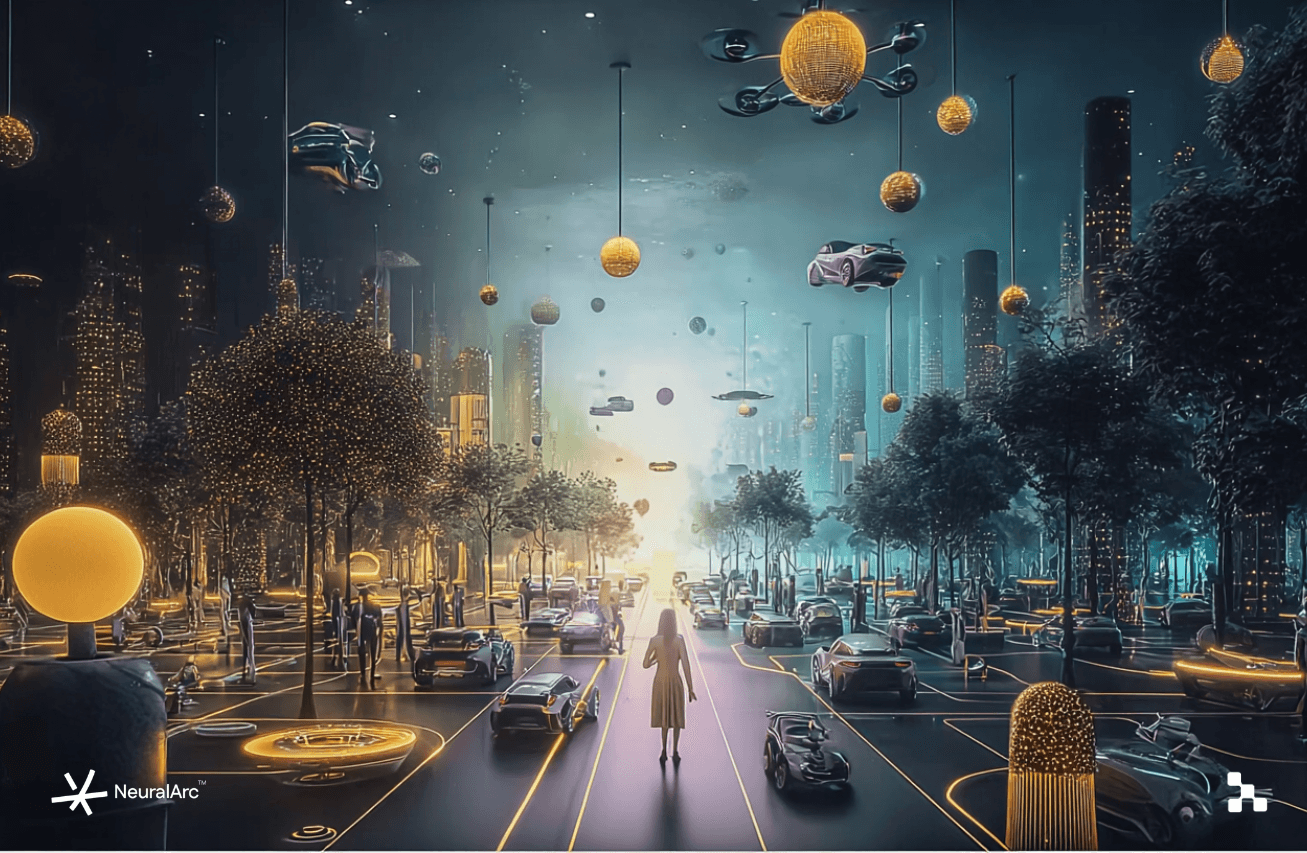The convergence of computer vision and generative AI is ushering in a new era of intelligent systems. No longer are these fields operating in silos; instead, they're synergistically enhancing each other, unlocking capabilities that were once considered science fiction. From self-driving cars navigating complex urban environments to logistics companies optimizing delivery routes with unprecedented accuracy, the impact of this convergence is already being felt across various sectors.
Enhanced Spatial Awareness Through 3D and Event-Based Vision
Traditional computer vision often relies on 2D images, which can be limiting in understanding the true nature of a scene. 3D vision overcomes this limitation by capturing depth information, providing a more comprehensive representation of the environment. This is particularly crucial for applications like autonomous vehicles, where understanding the distance to other objects is paramount for safe navigation. 3D vision enables systems to perceive the world in a way that closely mimics human vision, leading to more robust and reliable decision-making.
Further complementing 3D vision is the rise of event-based vision, also known as neuromorphic vision. Unlike traditional cameras that capture frames at a fixed rate, event-based cameras only record changes in the scene. This results in several advantages, including high temporal resolution, low latency, and high dynamic range. Event-based vision is particularly well-suited for applications involving fast-moving objects or challenging lighting conditions. For example, in automotive applications, event-based cameras can quickly detect and react to sudden movements of pedestrians or other vehicles, even in low-light or high-glare scenarios.
These advancements in sensing technology provide computer vision systems with a richer and more detailed understanding of the surrounding environment, enabling them to make more informed decisions.
Generative AI: Bridging the Data Gap
One of the biggest challenges in training computer vision models is the availability of high-quality labeled data. Gathering and annotating data can be a time-consuming and expensive process. Generative AI offers a powerful solution to this problem by enabling the creation of synthetic data. Generative models, such as Generative Adversarial Networks (GANs) and Variational Autoencoders (VAEs), can learn the underlying distribution of real data and generate new, realistic samples.
This synthetic data can be used to augment existing datasets, improving the performance and robustness of computer vision models. For example, in the automotive industry, synthetic data can be used to generate images of vehicles in various weather conditions and lighting scenarios, which can then be used to train autonomous driving systems. Similarly, in logistics, synthetic data can be used to generate images of packages with different labels and orientations, which can be used to train robots for automated sorting and handling.
The ability to generate realistic synthetic data is a game-changer for computer vision, as it significantly reduces the reliance on real-world data and accelerates the development of new applications.
Applications Across Industries
The combination of advanced computer vision and generative AI is transforming various industries. Here are just a few examples:
- Automotive: Autonomous driving, advanced driver-assistance systems (ADAS), and in-cabin monitoring.
- Logistics: Automated sorting and handling, warehouse management, and delivery optimization.
- Healthcare: Medical image analysis, diagnosis assistance, and robotic surgery.
- Manufacturing: Quality control, defect detection, and predictive maintenance.
The potential applications are vast and continue to grow as the technologies mature.
Here are the steps in training a CV model with generative AI:
- Gather a limited dataset of real images.
- Train a generative AI model to learn the distribution of the real data.
- Generate synthetic data using the trained generative model.
- Combine the real and synthetic data into a larger dataset.
- Train a computer vision model using the augmented dataset.
The Future of Computer Vision and Generative AI
As computer vision and generative AI continue to advance, we can expect to see even more sophisticated and innovative applications emerge. The development of more efficient and robust algorithms, coupled with the increasing availability of computing power, will drive further progress in these fields. Furthermore, the integration of these technologies with other areas of AI, such as natural language processing and reinforcement learning, will lead to even more powerful and versatile systems. The future is bright for the convergence of computer vision and generative AI, promising to transform industries and improve our lives in countless ways.
It is important to consider ethical implications and biases in the data. This is a crucial consideration for all AI applications. We need to think about the impact on society and ways to mitigate potential harm.
The synergistic relationship between computer vision and generative AI is driving innovation across industries. By enabling better spatial awareness and synthetic data generation, these technologies are paving the way for more intelligent, efficient, and robust systems. As research and development continue to advance, we can expect to see even more transformative applications emerge, shaping the future of how we interact with the world around us. The fusion of these powerful technologies is not just a trend; it's a fundamental shift in the way we approach artificial intelligence and its potential impact on society.
